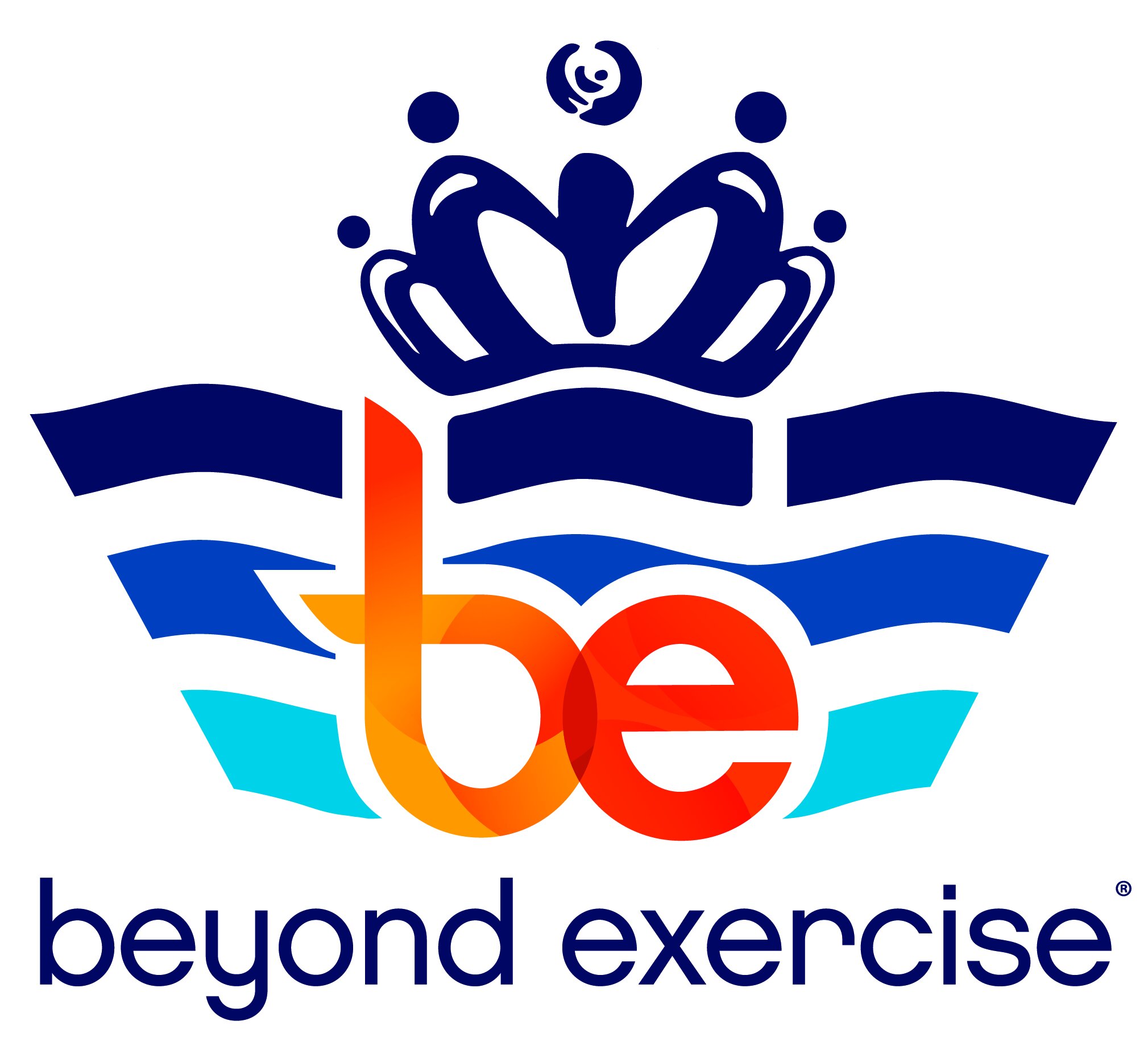Losing Weight During Menopause Requires A Change In Your Training Regimen
by Deanett Pierce, CPT, Menopausal Specialist
When we are premenopausal, our changing hormone flux makes us more effective at using carbohydrates at certain times during our menstrual cycle (follicular phase) and more efficient at using free-fatty acids (FFAs) during other times (luteal phase of menstrual cycle).
Long Slow Work (LSW) such as distance running is very aerobic in nature. This type of aerobic exercise uses more FFAs to fuel the activity, which then improves the efficiency in which intramuscular fat stores are used.
When we get to peri/post menopause we become drastically less efficient at using carbohydrates, and when we do more LSW our body’s response is to store fat rather than use it. Therefore if you are peri/post menopausal, heavily relying heavily on aerobic LSW for exercise to lose weight can actually contribute to gaining more weight.
This storage of extra fat is further compounded by cortisol, a stress hormone that promotes fat storage. Cortisol levels naturally increase with exercise, and the longer we exercise the higher the concentration of cortisol. Again, LSW such as a long run or bike ride (although builds your aerobic capacity) can contribute to your seemingly “unexplainable” weight gain if you are in one of the stages of menopause. This does not mean you have to stay away from aerobic exercise or training for marathons while going through menopause, though. You just need to adjust your expectations from doing such exercise—doing aerobic work to train for a marathon is absolutely necessary, but doing LSW to lose weight or build muscle is unrealistic when going through menopause.
How do you prevent this unexplainable weight Gain?
If you are not actively training for an endurance event, you should limit the amount of long aerobic exercise in favor of adding more high intensity workouts that raise your heart rate and sufficiently challenge your muscles. This includes HIIT (high intensity interval training) workouts performed for shorter duration but more intense bursts, heavy weightlifting, plyometric training, or endurance-type of exercises done at higher intensity (ie. track repeats or tempo pace running in which your heart rate is elevated beyond a RPE 5). Additionally, when you increase your intensity of exercise you need to ensure that you feed your body with the necessary nutrients to help you recover and build lean muscle. This equates to ensuring adequate protein intake to go along with eating a well-balanced diet and appropriate recovery time between your hard workouts so that your body has time to repair and adapt to the stress being placed on it.
Lastly, just as importantly as the level of intensity of exercises, you also need to prioritize your recovery period. In order to reap the benefits of higher intensity exercises, your body will need enough time to recover and adapt to the stress of this type of training. Therefore, scheduling in a 24-36 hour period of recovery between hard effort workouts is imperative.
How do I train for an endurance event while preventing lean muscle mass loss and weight gain?
Many half marathon/marathon training programs are just a “shrink and pink” version of what has been designed for male athletes, meaning these programs don’t account for the specialized attention for women, especially women experiencing menopause. These training methods are not adequate for helping menopausal women improve bone density and lean muscle mass, maintain muscle strength and integrity, or manage body composition.
In order to prevent the unwanted weight gain and strength/power loss while training for an endurance event, you should:
Include a couple days of higher intensity workouts per week. This can be a run at RPE levels of 6-8 (see RPE chart). You can also add a HIIT workout as a cross-training day, and a separate weight training session on another day. See below for a sample training blueprint for a week.
Rather than do a traditional 3-week mileage ramp-up followed by a 1-week ramp-down, adopt an approach that has a shorter, more intense build with added recovery.
Stop carb loading and increase your protein intake. Carb loading is not necessary, nor should you avoid carbs. Just consume a normal amount. We recommend you consult with a specialist to get more specific guidelines regarding the amount of calories protein you consume on workout days versus easy days.

